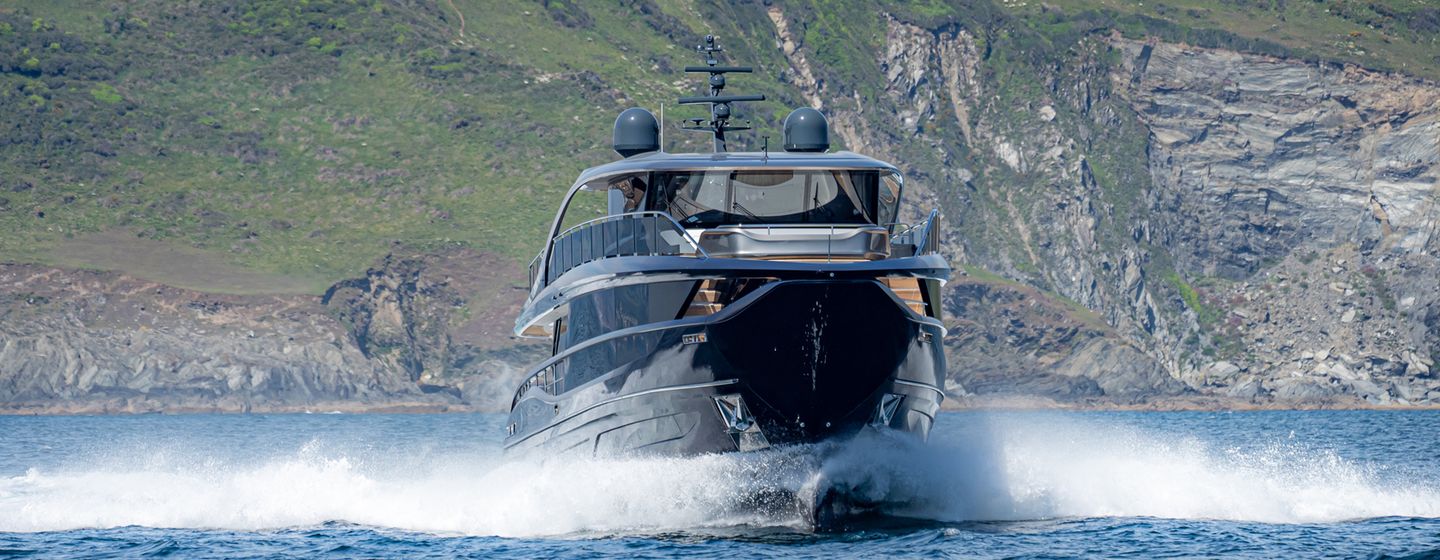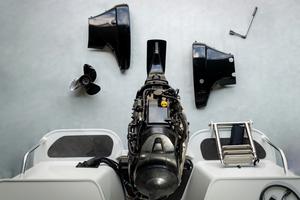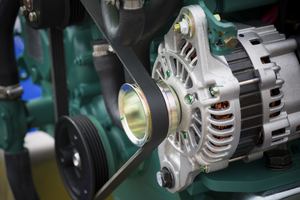If you’re thinking about buying a new yacht, it's well worth knowing what each power measurement means, ensuring you get a vessel that matches your power requirements.
The units of measurement all relate to how much power a yacht’s engine produces. Normally, the bigger the number, the more impressive a yacht’s performance and acceleration will be, but this is all dependent on the size of the yacht and its hull design. A 1,000 GRT superyacht, for example, is going to require much more power to run at the same speed as a smaller, lighter vessel.
What is Horsepower? (hp)
The unit of measurement horsepower (hp) was created by 18th-century inventor James Watt, who wanted to market his steam engine to Cornish tin miners who were still reliant on horses to do their work.
Wanting to see how many horses just one engine could replace, he found out that a single horse could lift 330lbs (150kg) of water approximately 30.5m (100ft) a minute. So, Watt deemed one horsepower to be equal to 33,000 foot-pounds per minute.

This is imperial horsepower. For metric horsepower, the figure is rounded down slightly, to a nice, even 4,500kg per minute — that’s about 32,550 foot-pounds per minute.
hp vs bhp
So, we know what horsepower is, but what about brake horsepower (bhp)?
Brake horsepower is similar to metric horsepower, but instead takes into account power that can be lost because of friction. As a result, a metric horsepower figure is often larger and a more rounded number than bhp, making it a convenient tool for marketers. But bhp, however, gives a far more realistic figure on useable power, as any kinetic application such as a car, yacht, or plane, will suffer from a degree of drag from the road, sea, or air, reducing the actual power.
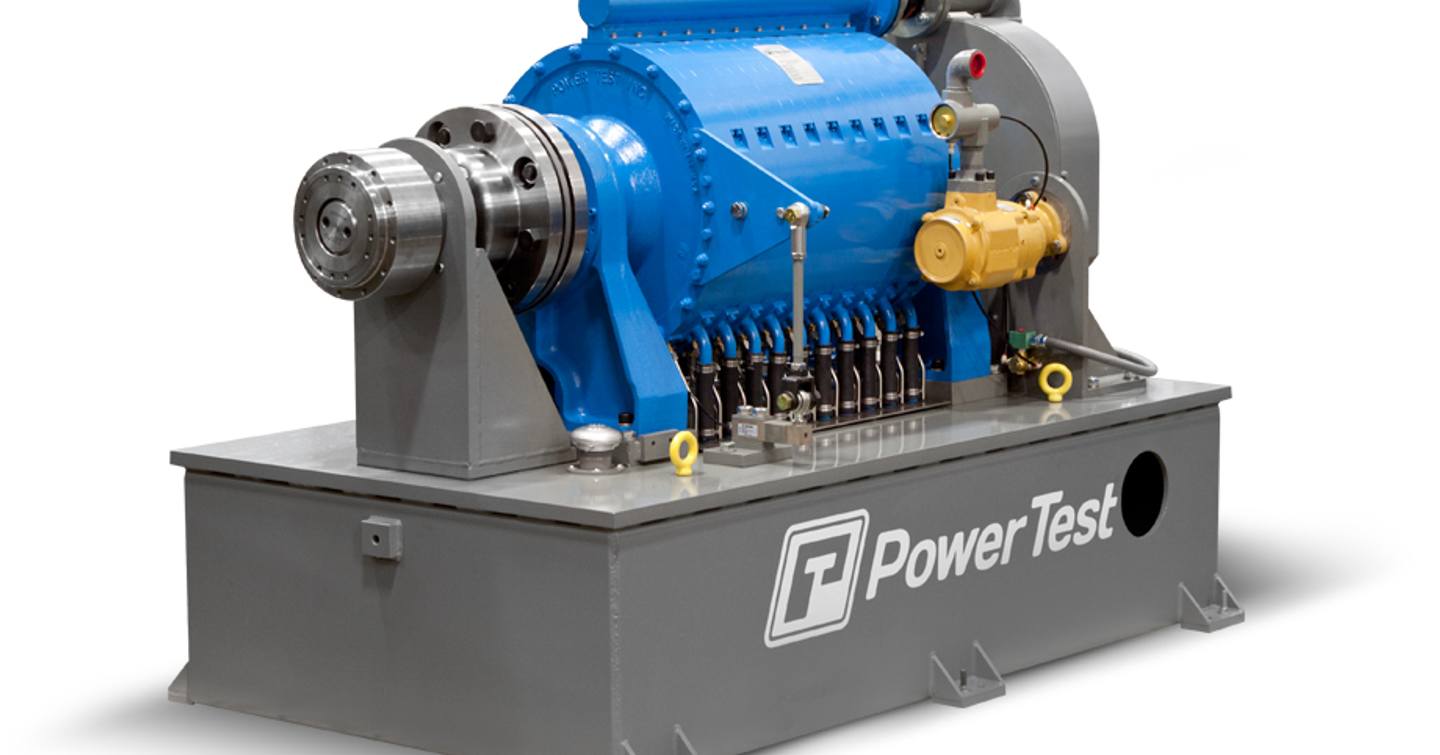
To consider the power-draining effect of friction, think about peddling a bicycle when its rear wheel is off the ground and then when it's grounded.
Shipyards that quote metric horsepower figures sometimes use the ps abbreviation to make it distinct from bhp. The ps abbreviation stands for pferdestarke, a German word that translates to horse strength.
It’s impossible to convert imperial or metric horsepower into bhp. So, if you’re choosing which yacht you want to buy and power is important to you, make sure all the information you’re getting is in the same measurement.
To consider the power-draining effect of friction, think about peddling a bicycle when its rear wheel is off the ground and then when it's grounded."
What is Shaft Horsepower (shp)?
Shaft horsepower (shp) is specific to boats and may be the most important horsepower rating for yachts. It’s measured at the propeller shaft coupling flange and accounts for additional losses to power that can occur due to engine accessories and the reduction gear.
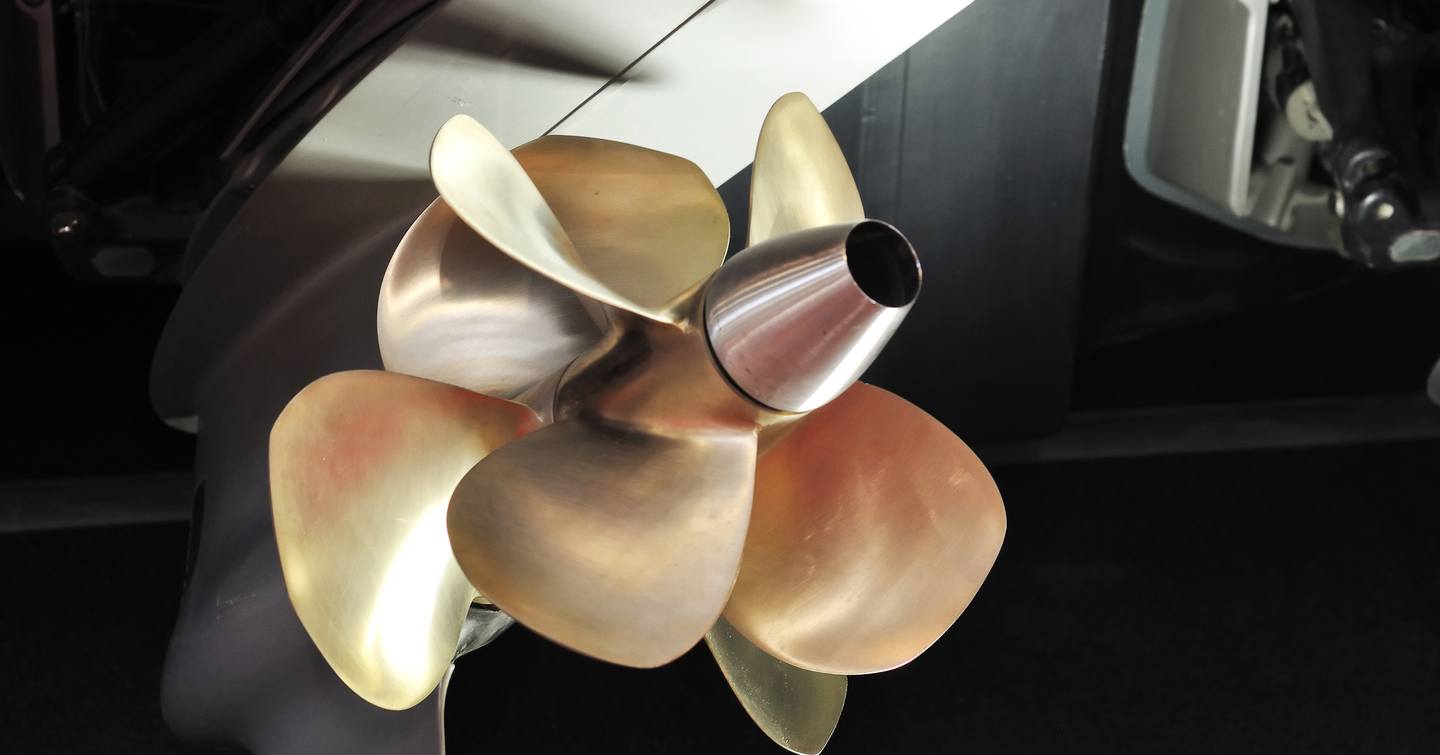
These losses usually cost about 3% of a yacht’s bhp statistic. So, a 1,500bhp engine would likely make 1,455shp.
How to Measure Horsepower
If you want to measure an engine’s imperial horsepower, there is a handy equation you can use — torque multiplied by revs per minute (rpm), divided by 5,252.
To turn the answer you get from that into metric horsepower, times it by 1.014. If that sounds like a pain, you can use conversion sites like convert-me.com to switch between imperial and metric measurements.
Brake horsepower can be measured by a device called a dynamometer, which gets the engine to accelerate up to full revs, and then lets it naturally slow down to a complete stop.
The Kilowatt (kW)
Manufacturers who produce large superyachts may well quote kilowatt (kW) statistics rather than metric or brake horsepower.
Kilowatts are another unit of measurement with an ode to our old friend James Watt. The term literally equates to 1,000 Watts (W), a unit of power that was named in honor of the inventor after his passing.
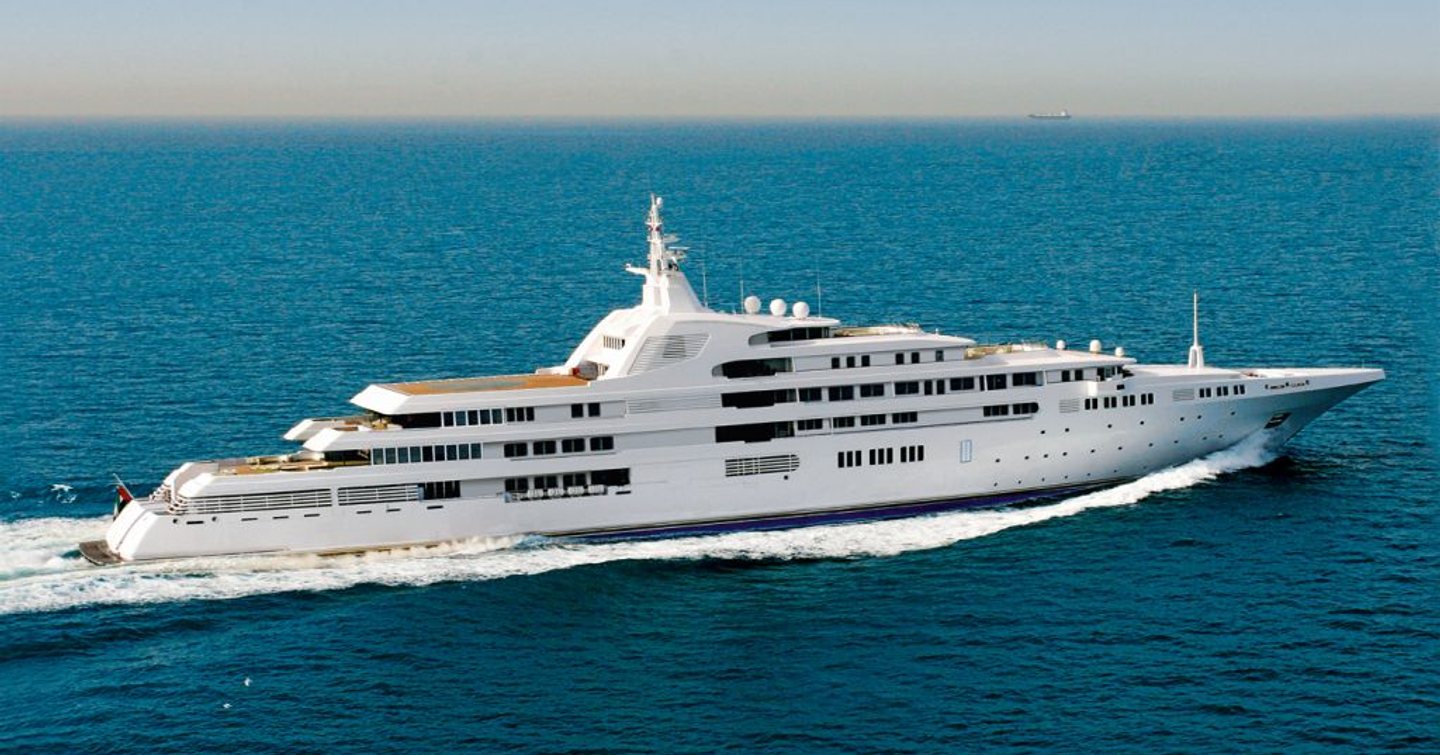
Luckily, it’s easy to convert metric horsepower into kilowatts. 1kW is equal to roughly 1.36 metric horsepower. So, for example, the 72m (235ft) superyacht KOGO makes 1,500kW, which equals approximately 2,040 metric horsepower.
As you’ve just seen, the problem with kW compared to metric horsepower is that the number ends up looking considerably smaller and so less impressive, which is why many manufacturers opt for hp.
Horsepower, Performance and the Weather
When you’re buying a yacht, it’s important to read the specification sheet. The part on performance will state the engine size and hopefully give a top speed and some cruising data including range.
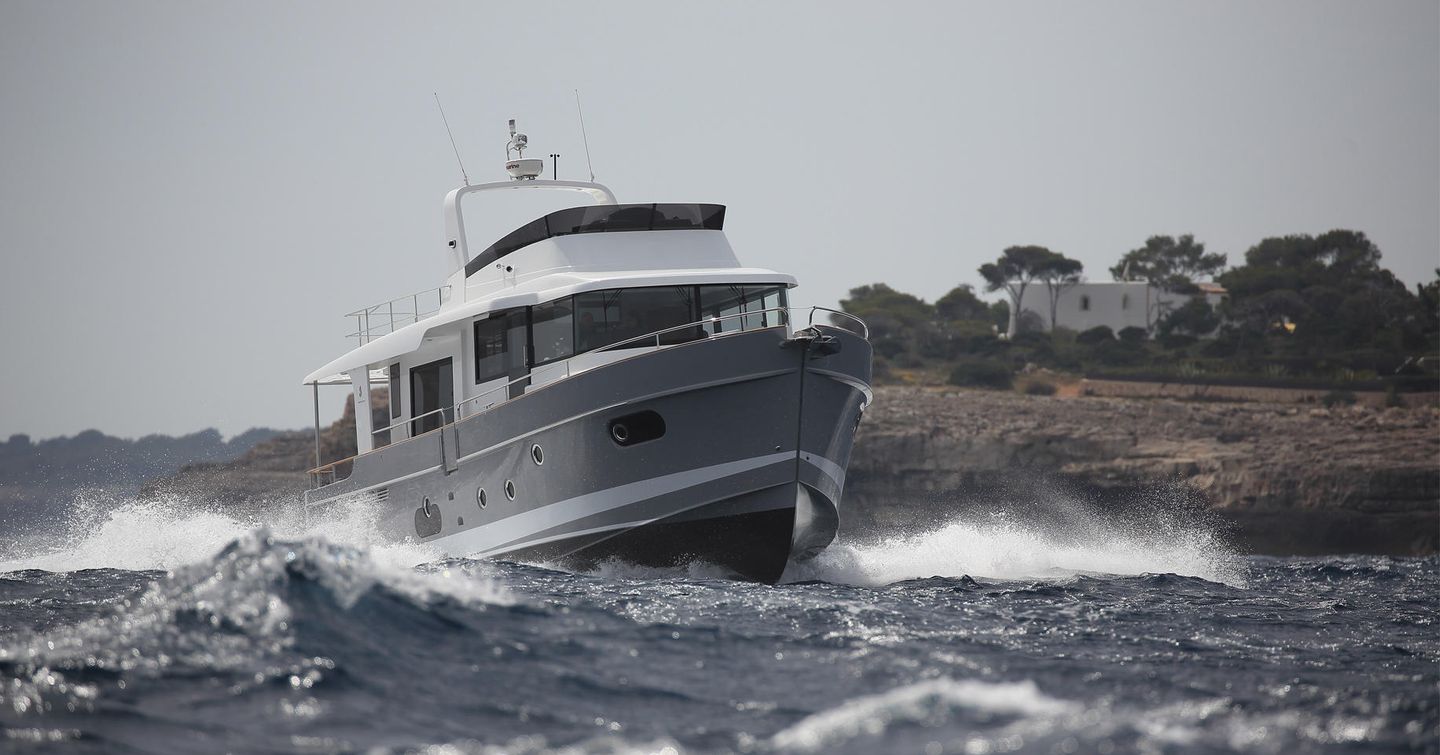
Ideally, it will also tell you whether the yacht was tested with or without any accessories, what the fuel and water loads were, and the air and water temperature.
